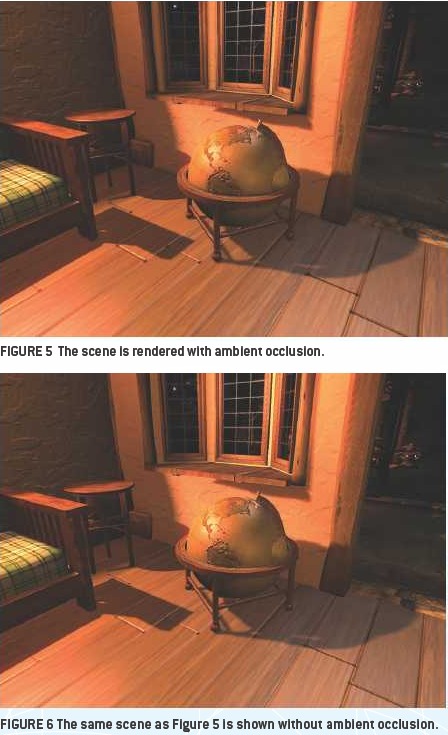It’s one of those things I have seen so many times in game designs, my own, those of students, or anybody else: In the middle of the screen, right in the players’ field of vision, you have placed a giant GUI element communicating something really important such as time left. And players don’t see it.
They don’t understand how much time is left, they are confused when time runs out. You ask them afterwards and they don’t quite believe that there even was a timer there.
This is a good example of that effect:
(Via Free Williamsburg.)


